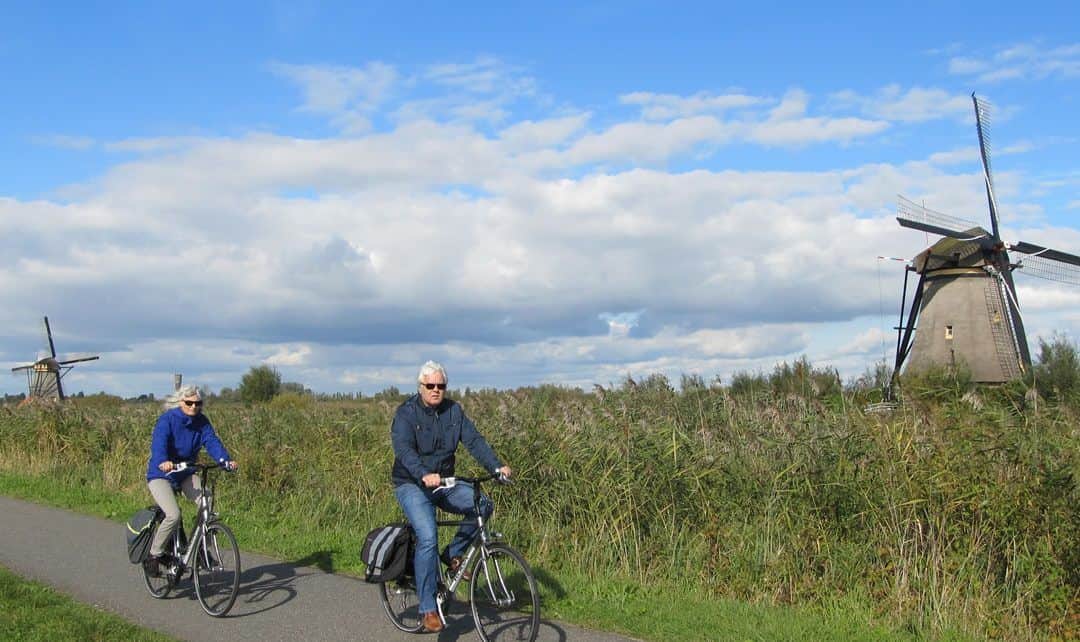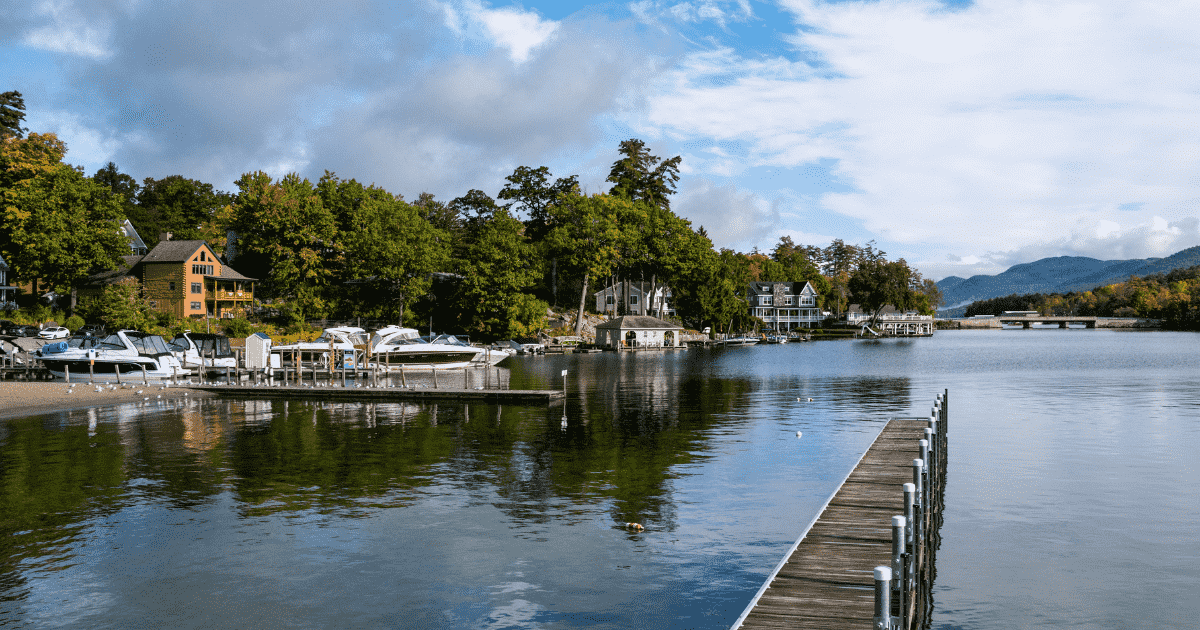If there’s one building type that defines Holland more than any other, it’s the windmill. But for Peter Paul Klapwijk, the iconic Dutch structure functions as much more than a wind-generated water pump. It’s the place he and his family call home.
How exactly does one get to live in a windmill, you may wonder? “I fell in love with a daughter of one of the millers and started as a miller’s student,” Klapwijk says. When his wife’s parents retired and moved elsewhere a few years ago, they took up residence in the centuries-old structure and have quickly adjusted to their new and unconventional way of life.
What makes this story even more unusual is that their windmill home is in Kinderdijk, which is a UNESCO World Heritage Site. Much of Holland, which lies below sea level, is prone to flooding and Kinderdijk is notable because it contains all the typical features associated with the technology of water management – dykes, sluices, reservoirs, pumping stations, administrative buildings and a series of well-preserved windmills.
Tourists, meanwhile, are fascinated by the fact this is the only place in the world where you can see so many windmills so close together. At one time there were more than 150 mills in the Alblasserwaard and Vijfheerenlanden area. Today 23 remain, which is still a large number in such close proximity.
The world heritage site contains 19 of these mills, most of them dating from the mid-18th century. By the late 1940s they were no longer in use, but all 19 are still maintained in operating condition and function as fall-back mills in case of modern equipment failure.
Klapwijk isn’t the only one living in a windmill. Fifteen of the other mills are also inhabited. “Our main requirement to live in a windmill is it has to be voluntary. In the old days you had to be a miller to live in a windmill,” he says. There are some responsibilities involved. When there’s a wind, they set the sails in motion. “That keeps it lubricated and it’s better for maintenance if it works every now and then,” Klapwijk says.
His windmill home occupies three floors and includes five bedrooms, a bathroom, a living room and spacious kitchen. Klapwijk, who has previously lived in more traditional housing in England and in nearby Rotterdam, says living in a windmill is a completely different experience. “Here, we are surrounded by nature. In a regular house you’re surrounded by other people living in a house.”

The living room with alcove bed, preserved from the 1950s, in one of the windmills that can be visited at Kinderdijk.
In this tranquil landscape, the only way to travel between the windmills is by foot or bicycle. Not much traffic, noise or pollution here.
Most of the mills are so-called bonnet mills, in which only the top section revolves with the wind. Built from brick or wood, they have large sails that come within 30 cm of the ground, which poses some safety issues. Children are taught early on to be extra cautious when the sails are in motion.
In his free time, Klapwijk enjoys gardening, playing football with his sons and bird watching. “This area is full of birds, rare birds. We also have the biggest colony of purple herons in the Netherlands,” he says. Kinderdijk is a small community and Klapwijk often chats with the other millers. “We talk mainly about the weather and the wind.”
To give visitors a chance to learn more, two windmills have been converted into museums. At the Museum Windmill Nederwaard, which preserves its interior from the 1950s before the last inhabitant left, you can see the original living room and the alcove bed and climb up three floors to get a view of the surrounding landscape. A miller attired in blue overalls and clogs will answer any questions. In the Blokweer Museum Windmill, the interior was renovated in 2013 to make the working parts of the mill visible behind a glass screen.
Other features of the windmill homes include low doorways (reflecting the fact that people were shorter in centuries past); so-called closet beds, with doors that can be closed to keep you warm when it’s cold outside; the smoke attic where fish would be smoked, turning the walls black; and the grease attic, where most of the mechanism of the windmills resides.
A visit to Kinderdijk is a multi-faceted experience, offering a chance to learn more about the history of windmills, enjoy nature in a world heritage site, as well as get a glimpse of what it’s like to live in a very unconventional home.
Diane Slawych is a contributing writer for REM.














